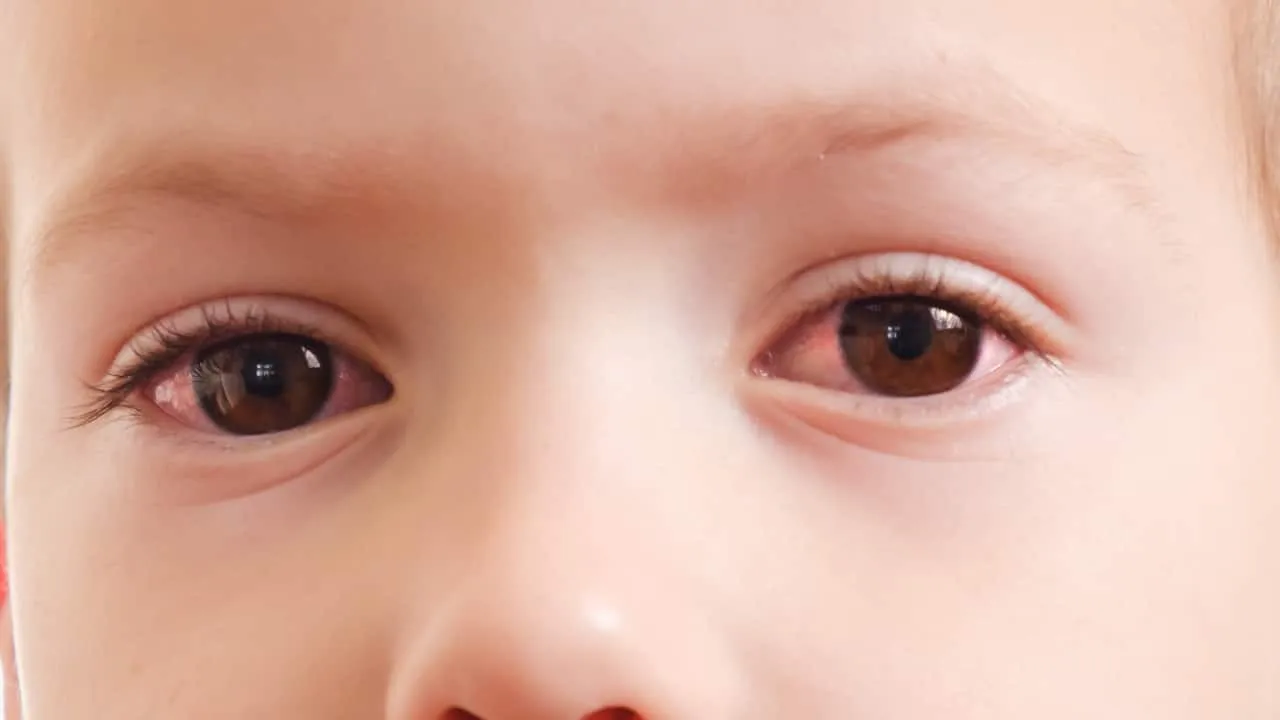Understanding Myopia in Children: Signs, Causes, and Effective Management

Signs of Myopia in Kids
Difficulty seeing distant objects: Children may squint or struggle to see things clearly at a distance, such as classroom boards or road signs.
Squinting or eye strain: Frequent squinting can indicate myopia; your child may complain of tired eyes after reading or looking at screens.
Sitting too close to screens: If your child is often found sitting close to the TV or holding reading materials very close, myopia could be a concern.
Frequent headaches: Headaches caused by eye strain are common in children with myopia, especially after trying to focus on distant objects.
Blinking or rubbing eyes often: This behavior indicates discomfort due to difficulty in focusing.
Avoidance of distance-related activities: If your child is avoiding sports or outdoor play, it might signal vision challenges.
Causes of Myopia in Kids
- Genetics: A strong family history increases myopia risk.
- Increased near-work activities: Long hours on close tasks like reading or using devices contribute to myopia development.
- Lack of outdoor time: Less exposure to natural light is linked to a higher incidence of myopia.
Managing Myopia in Children
While myopia cannot be completely cured, its progression can be effectively managed:
- Corrective lenses: Glasses are a common solution. Regular eye exams are essential for prescription updates.
- Contact lenses: Suitable for older children, they provide a fuller field of vision and are practical for active lifestyles.
- Outdoor time: Encourage at least 1-2 hours daily of play outside in natural light to mitigate myopia risk.
- Limiting screen time: Reducing screen activity and encouraging breaks can also help.
Early detection and intervention are crucial in managing myopia. Regular check-ups with an ophthalmologist are strongly recommended.
Disclaimer: The information provided on this site is for informational purposes only and is not intended as medical advice. We are not responsible for any actions taken based on the content of this site. Always consult a qualified healthcare provider for medical advice, diagnosis, and treatment. We source our news from reputable sources and provide links to the original articles. We do not endorse or assume responsibility for the accuracy of the information contained in external sources.
This article was prepared using information from open sources in accordance with the principles of Ethical Policy. The editorial team is not responsible for absolute accuracy, as it relies on data from the sources referenced.